India travel tips
India travel tips: Diverse nation with rich history, vibrant cultures, iconic landmarks like Taj Mahal, and a thriving economy, blending tradition and modernity.
States 🌎
India travel tips. Here is a list of all the states of the India.
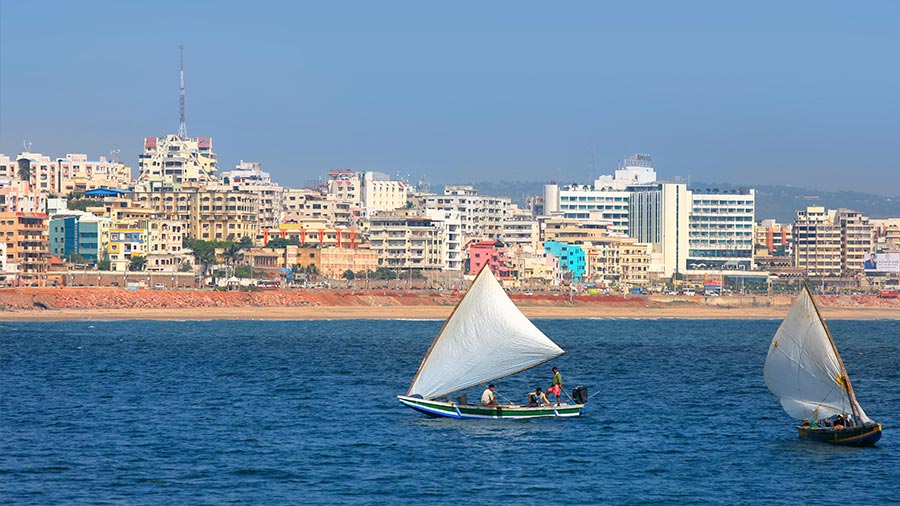
Andhra Pradesh

Arunachal Pradesh

Assam

Bihar
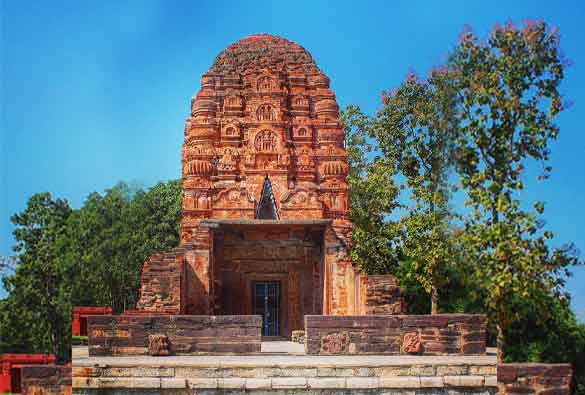
Chhattisgarh

Goa

Gujarat
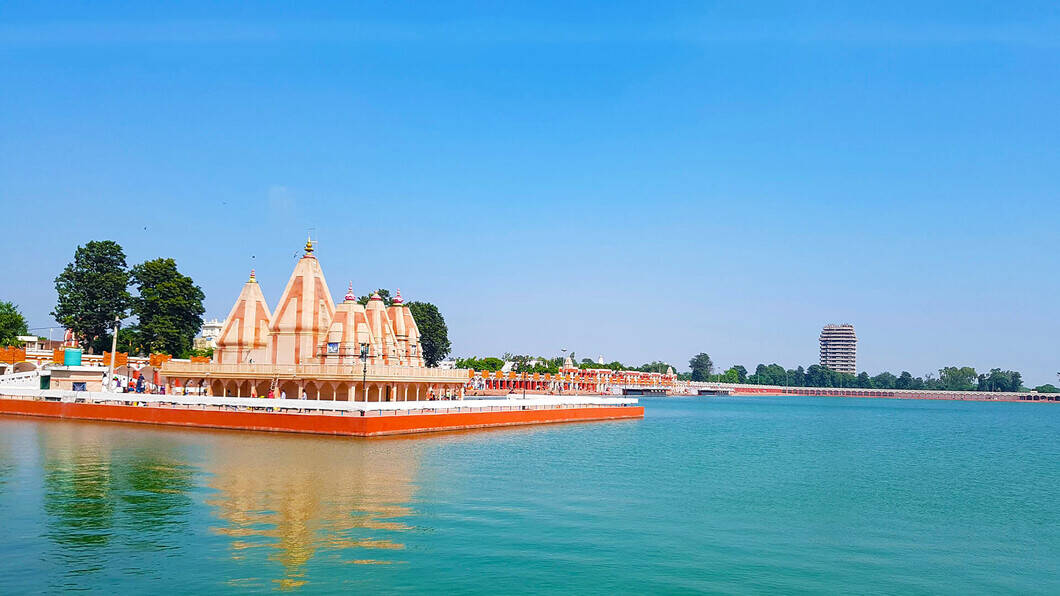
Haryana
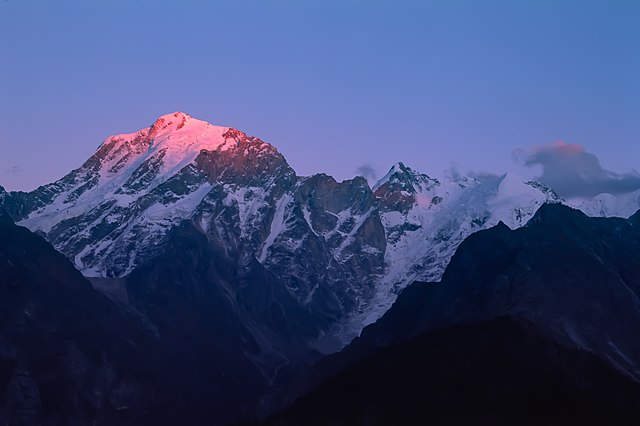
Himachal Pradesh

Jharkhand

Karnataka

Kerala
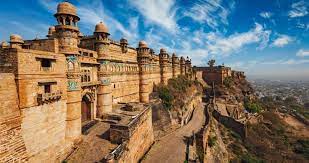
Madhya Pradesh

Maharashtra

Manipur

Meghalaya

Mizoram
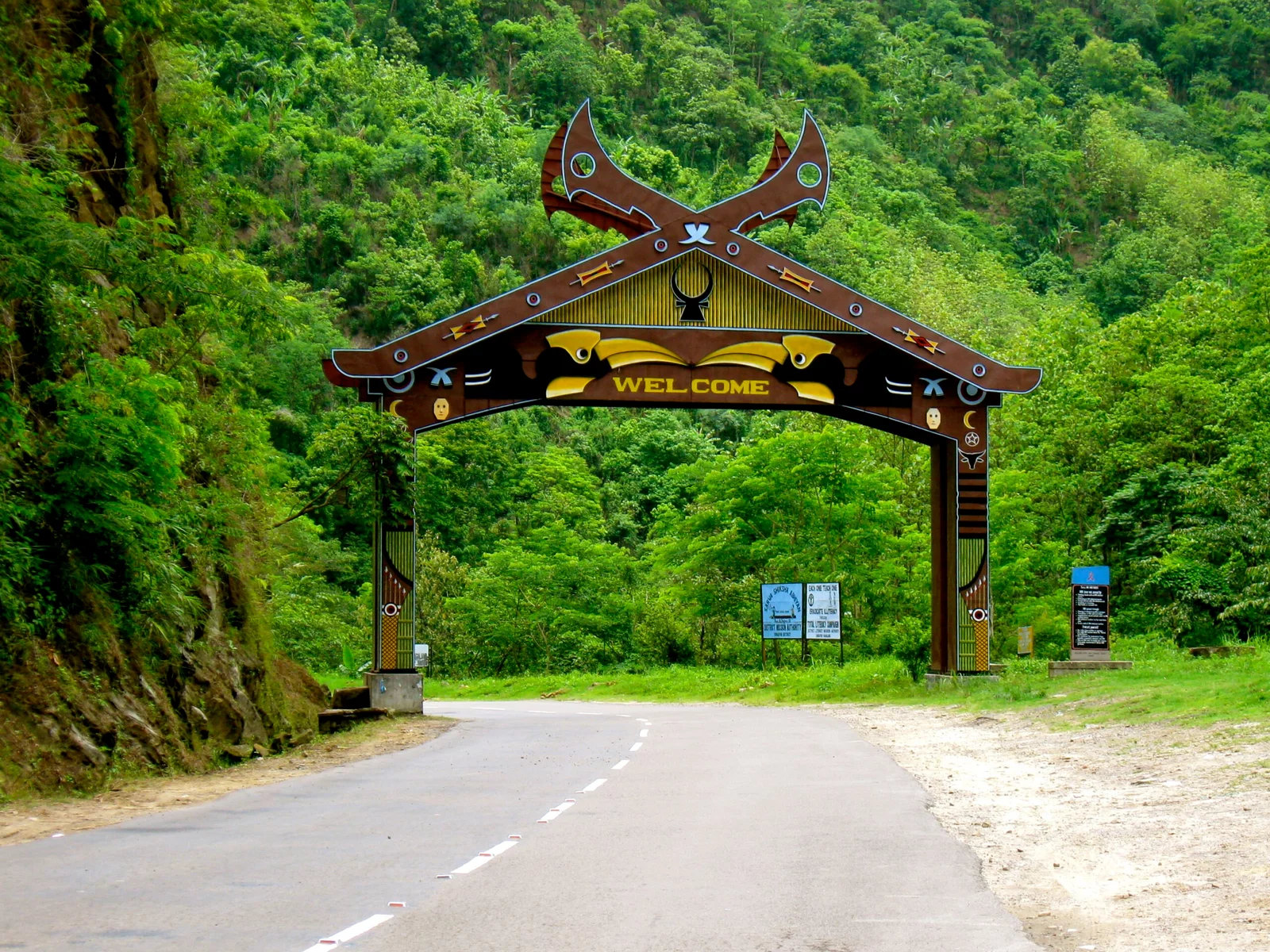
Nagaland
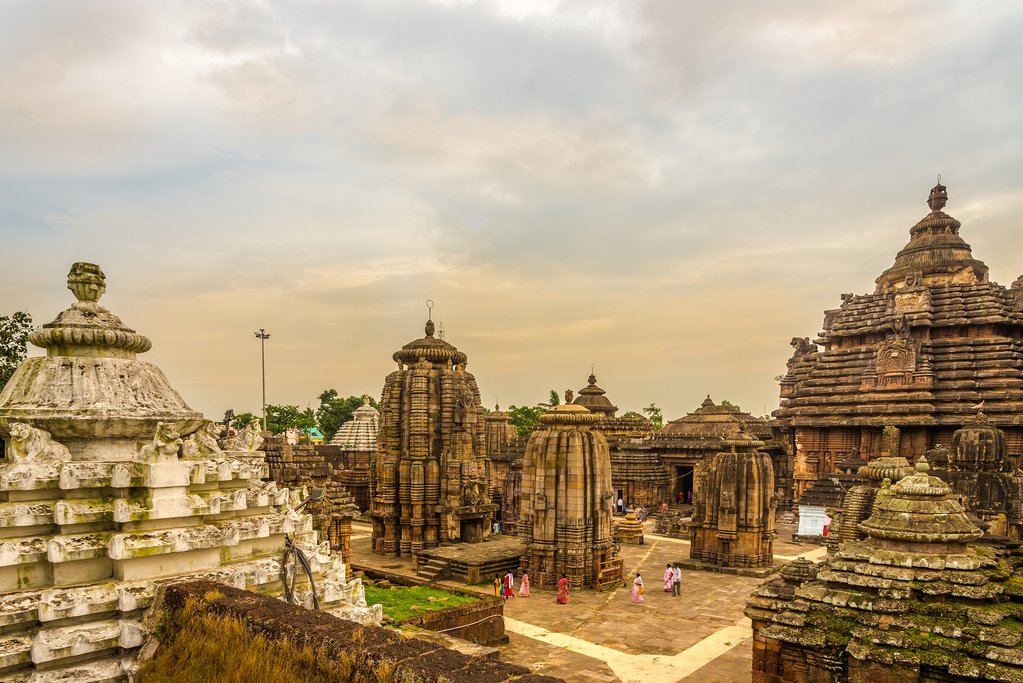
Odisha

Punjab

Rajasthan

Sikkim

Tamil Nadu

Telangana

Tripura

Uttar Pradesh

Uttarakhand

West Bengal

Andaman and Nicobar Islands

Chandigarh

Dadra and Nagar Haveli and Daman and Diu

Lakshadweep

Delhi

Puducherry

Ladakh
Before you go 🛩
Important information you should know before your trip
Info

Capital | New Delhi
Flag Codes:
ISO alpha-2 IN,
ISO alpha-3 IND
Currency
Badge | indian rupees
CODE | INR
NUMBER | 356
SYMBOL | ₹
FRACTION | paisa
Mobile Coverage
Dialing Code | +91
SIM Card
Coverage | 3G / 4G / 5G |
Mobile Networks | Airtel Mobile | BSNL MOBILE | Jio Mobile | Vi Mobile |

Location
India is a country located in South Asia. It is bordered by several countries and bodies of water. Here is an overview of India’s geographical location:
North: India shares its northern border with several countries, including Nepal, China, and Bhutan. The Himalayan mountain range runs along India’s northern boundary.
Northwest: India shares a border with Pakistan to the northwest. The border is demarcated by the Line of Control (LoC) in the disputed region of Jammu and Kashmir.
West: India’s western border is formed by the Arabian Sea. The state of Gujarat is located along this coastline.
South: The southern border of India is defined by the Indian Ocean. The states of Kerala, Tamil Nadu, and parts of Andhra Pradesh and Karnataka are situated along the southern coast.
East: India’s eastern border is marked by Bangladesh, which surrounds the Indian states of West Bengal, Assam, Meghalaya, Tripura, and Mizoram.
Northeast: The northeastern region of India is bordered by Bhutan, China (Tibet), Myanmar, and Bangladesh.
Currency
The currency of India is the Indian rupee (INR). The rupee is divided into 100 paise and is available in banknote denominations of 5, 10, 20, 50, 100, 200, 500 and 2,000 rupees. There are also coins in denominations of 1, 2, 5 and 10 rupees, as well as smaller paise denominations. The Indian rupee is issued by the Reserve Bank of India, which is the country’s central bank.
Languages
Many different languages are spoken in India, reflecting the country’s linguistic and cultural diversity. According to the Constitution of India, Hindi and English are the official languages of the federal government, but there are 22 languages recognized by the Constitution as official languages at the state level.
The most spoken languages in India are Hindi, Bengali, Telugu, Marathi, Tamil and Urdu. Together, these six languages are spoken by more than half of India’s population. Other major languages include Gujarati, Kannada, Oriya, Punjabi and Malayalam.
Additionally, there are hundreds of other languages and dialects spoken in different parts of India. These include Dravidian languages such as Telugu, Tamil and Kannada, as well as Indo-Aryan languages such as Bengali, Punjabi and Gujarati. There are also several Tibetan and Mongolian languages spoken in northeastern regions of India, as well as Austro-Asian languages and other minority languages.
Climate 🌡
India has a diverse climate due to its vast size and varied geographical features. The country experiences a range of climatic conditions, including tropical, subtropical, desert, and alpine climates. Here’s an overview of the major climatic zones in India:
Tropical Climate:
The majority of India experiences a tropical climate. This includes regions with hot and humid summers and mild winters. The monsoon season, which typically lasts from June to September, brings heavy rainfall to much of the country.
Subtropical Climate:
Some northern parts of India, such as the Himalayan foothills and parts of the northern plains, have a subtropical climate. Summers are warm, and winters can be cool to cold.
Desert Climate:
The Thar Desert in the northwestern part of India experiences a desert climate. Summers are extremely hot, and temperatures can drop significantly at night. Rainfall is minimal, and the region is characterized by arid conditions.
Mountain Climate:
The Himalayan region experiences alpine and subalpine climates. Higher altitudes have cooler temperatures, and snowfall occurs during the winter months.
Coastal Climate:
India’s coastal regions have a maritime climate influenced by the sea. Coastal areas typically have moderate temperatures throughout the year, with higher humidity levels.
Northeastern Climate:
The northeastern states of India have a varied climate, with parts of the region experiencing heavy rainfall due to the monsoon. The climate is influenced by its proximity to the Bay of Bengal and the Himalayas.
Island Climate:
India’s island territories, such as the Andaman and Nicobar Islands and Lakshadweep, have tropical climates with warm temperatures and high humidity.
The timing and intensity of the monsoon season play a significant role in India’s climate. Monsoon rains are crucial for agriculture and water resources but can also lead to flooding in some areas.
India travel tips
If you’re planning a trip to India, here are some travel tips to enhance your experience:
Cultural Sensitivity:
Embrace India’s diverse cultures with an open mind and respect for local customs.
Historical Exploration:
Visit iconic landmarks and historical sites for a glimpse into India’s rich past.
Local Cuisine Exploration:
Savor India’s rich culinary scene but be cautious with street food to avoid stomach issues.
Bargaining Skills:
Hone your negotiating skills, especially when shopping in local markets.
Transportation:
Use a mix of trains, buses, and taxis for cost-effective and authentic travel experiences. View Guide.
Monsoon Preparedness:
If traveling during monsoon season, pack waterproof gear and check weather updates.
Local Etiquette:
Respect elders, seek permission before taking photos, and follow local customs.
Enjoy your time in India!

The best of the best
India is known for its rich and diverse culinary traditions, offering a wide variety of flavorful dishes that vary from region to region. The cuisine reflects the country’s cultural diversity, history, and use of aromatic spices.
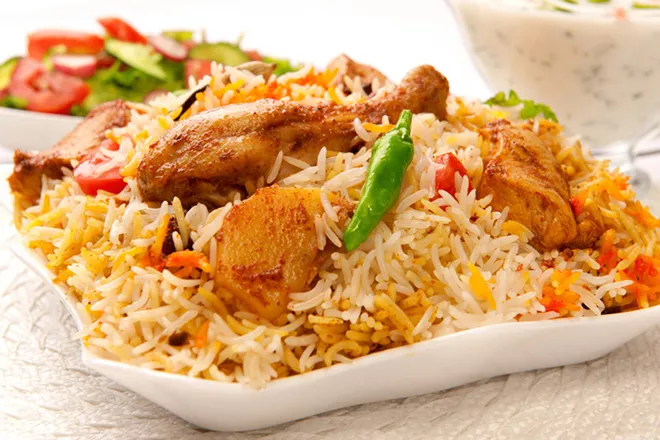
Biryani
Biryani is a fragrant rice dish cooked with aromatic spices, vegetables, and/or meat. It’s often layered and slow-cooked to infuse flavors.

Dal (Lentil Curry)
Dal is a staple in Indian cuisine and refers to various lentil-based soups or curries. It’s usually served with rice or bread and can be found in many different variations across the country.

Chaat
Chaat is a category of savory street food snacks that are typically tangy, spicy, and full of flavor. Examples include pani puri, bhel puri, and aloo tikki chaat.
Here are some typical foods you might find in India:
Roti and Naan: Roti is a flatbread made from whole wheat flour and is a staple in Indian meals. Naan is a leavened flatbread often enjoyed with curries or kebabs.
Samosas: Samosas are popular savory pastries filled with spiced potatoes, peas, and sometimes meat. They are often enjoyed as a snack or appetizer.
Tandoori: Tandoori dishes are marinated meats or vegetables cooked in a tandoor, a clay oven. Tandoori chicken and tandoori paneer are common examples.
Chole Bhature: Chole bhature is a popular dish from North India consisting of spicy chickpea curry (chole) served with deep-fried bread (bhature).
Dosas and Idlis: Dosas are thin, crispy crepes made from fermented rice and lentil batter. Idlis are soft, spongy steamed rice cakes. They are often served with coconut chutney and sambar (spiced lentil soup).
Rasgulla and Gulab Jamun: These are popular Indian desserts. Rasgulla consists of soft cheese dumplings soaked in sugar syrup, while gulab jamun are deep-fried milk dumplings soaked in syrup.
Sweets and Mithai: India is known for its wide variety of sweets and mithai, including barfi, jalebi, ladoo, and more. These sweets are often enjoyed during festivals and special occasions.
Masala Chai: Masala chai is a spiced tea made with black tea leaves, milk, and a blend of spices such as cardamom, ginger, and cinnamon.
Keep in mind that each region has its own specialties and local dishes, so exploring local cuisine is a delightful part of traveling in India.
Transportation 🚥
More information about this country
Choose your destination 📍🗺
Useful Links ✅



